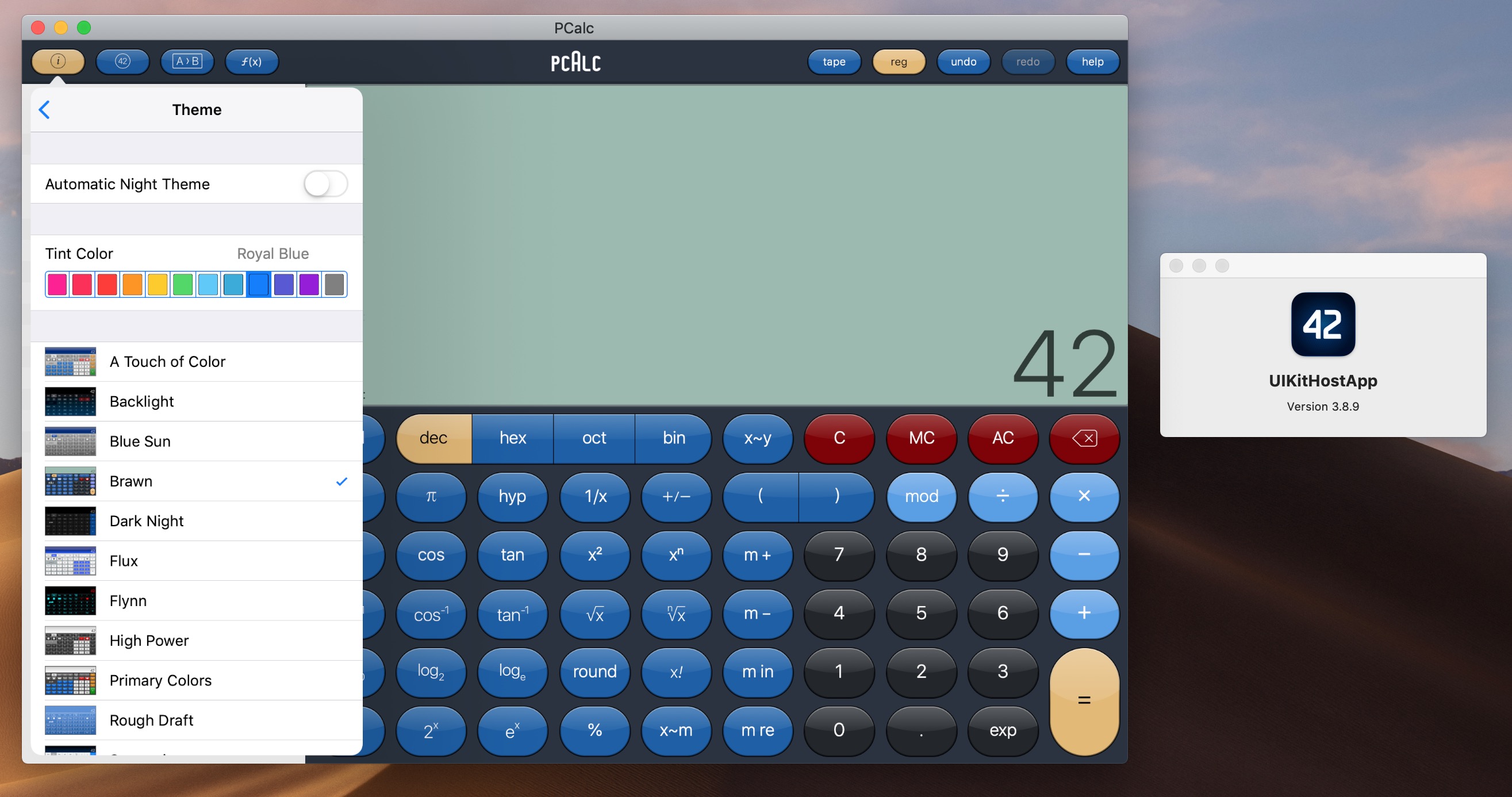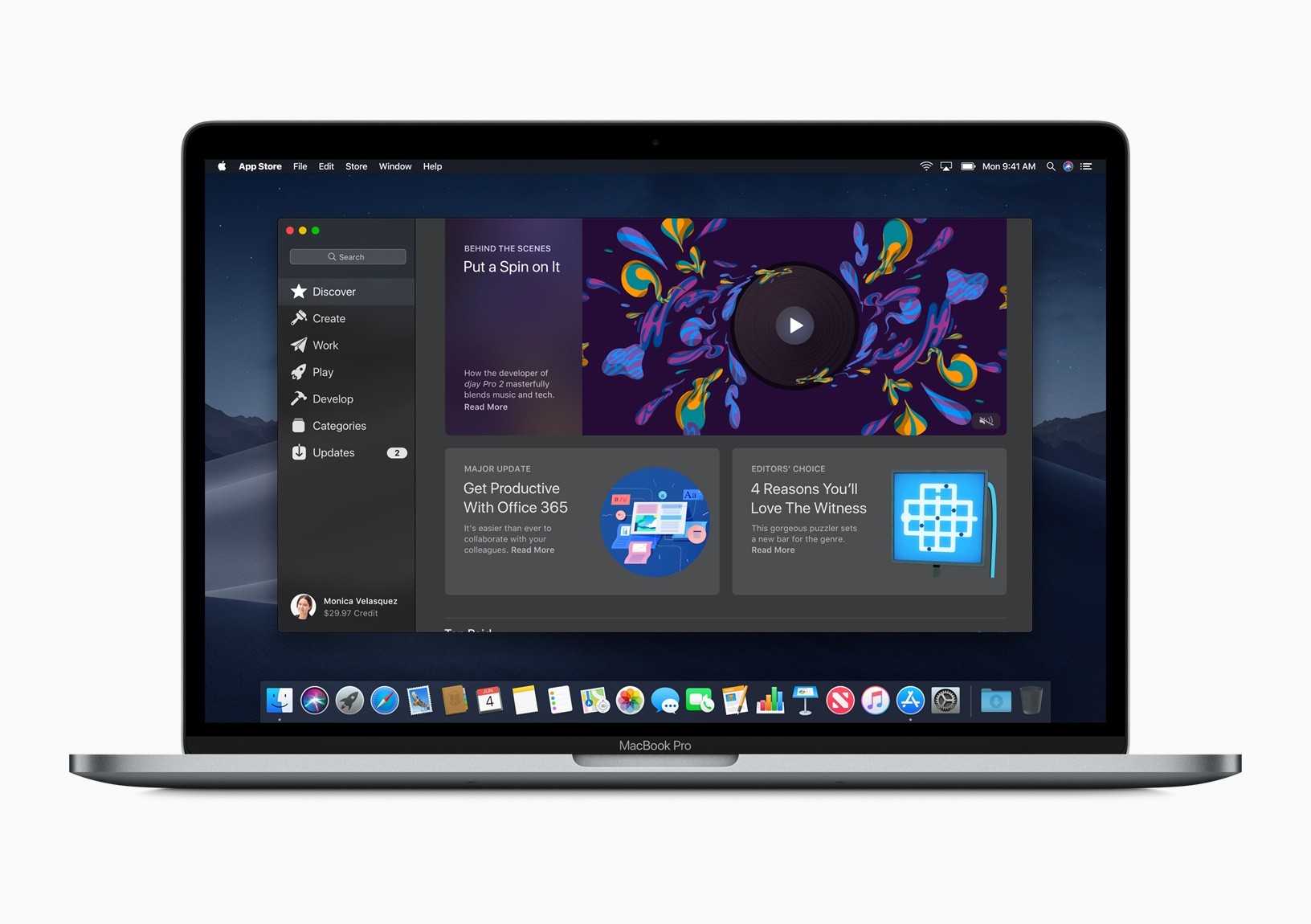Hey Nick, this applies to all versions of Mac OS. In fact, you can view all running processes and apps this way using any version of Mac OS or Mac OS X, whether that is macOS High Sierra, Sierra, OS X EL Capitan, Yosemite, Mavericks, Snow Leopard, Tiger, Mountain Lion, or any other version, they all include “Activity Monitor” and the. 1 day ago For example, if you were hoping to run the iPad version of YouTube natively on your new MacBook Air, you’re going to be disappointed, as Google has blocked the ability for all of its iOS apps to. To answer the simplest part of the question 'How can I run iOS apps on my MacBook?' , well you can't in the conventional sense of clicking on the app in the Applications Directory, it doesn't work that way. I have problem with running my iOS app (Monogame) on my physical iPhone X device in Visual Studio for Mac (former Xamarin Studio). I can test it in emulator, but I don't see option for physical device in list of devices. If I try to create an app in Xcode there is that option. I have connected my iPhone X to MacBook Pro 2017 via Lightning cable. New iOS versions, like iOS 12 or 13, aren’t supported on it. So if you try to run your app on an iPhone with iOS 13, you’ll get a warning that it can’t install on that device.
Following a long and somewhat tumultuous five-month beta testing period, Apple today announced the general public release of macOS Big Sur, the latest operating system for Mac computers. Also known as macOS 11, Big Sur is the first to support Macs built with either Intel or Apple M1 processors, and it features an improved version of the Mac’s desktop interface Finder, apps and games brought over from Apple’s mobile devices, and a substantially enhanced version of the Safari web browser.
MacOS Mojave brings several iOS apps to the desktop operating system, including Apple News, Voice Memos, and Home. It also includes a much more comprehensive ' dark mode ', and is the final version of macOS to support 32-bit application software.
From a user-facing standpoint, Big Sur’s most obvious changes may be cosmetic, as the user interface has been refreshed to incorporate transparent panes and bolder icons with depth shadowing, visual cues that weren’t as prominent in recent macOS releases. Notification Center, Control Center, and the traditional icon dock now have more in common than not with iPads. But there’s another bonus for users of Macs with Apple’s new M1 chips: They’ll also be able to run iPad and iPhone apps and games, which will now be downloadable from the Mac App Store, complete with resizable windows and support for trackpad/mouse controls.
In addition to letting users customize a start page to their liking, Apple’s Safari has been upgraded with a translation feature to convert webpages between certain languages, support for extensions developed for other browsers, and markedly greater efficiency — in both browsing speed and energy consumption. A new signature feature called Privacy Report quickly alerts users to tracking systems websites are using and instantly blocks them. It parallels Apple’s efforts to discontinue iOS support for the Identifier for Advertisers (IDFA), which quietly profiles users as they’re browsing.

Previously, the Mac version of Messages was based so heavily on an older app — iChat — that some of the latest iPad and iPhone texting features weren’t included in the code. Big Sur’s version effectively parallels the latest iPad release, including support for Memoji stickers, message effects, GIF image searches, and pinned conversations, as well as group-focused features such as inline replies and ping-triggering mentions. Similarly, the Mac now shares features with the latest iPad Maps app, including support for Look Around street photography, indoor maps, EV charger location and routing, and third-party guides.

The last time Apple transitioned from one processor family to another was in 2006, when the PowerPC release of macOS 10.4 Tiger was updated midway through its life cycle to add support for then-new Intel Macs. Since then, Apple has moved to an annual release cycle for Mac operating systems, putting the onus on a major release to deliver major new functionality on day one. That’s likely why Apple waited to release Big Sur until today, coinciding with the official announcement of the first Macs with M1 chips.
Big Sur runs on many Macs that previously ran last year’s macOS Catalina, including Mac Pro, MacBook Air, and MacBook Pro models released in 2013 or later; iMacs and Mac minis of 2014 or later vintage; 12-inch MacBooks from 2015 or later; and all iMac Pro models. Apple says macOS Big Sur will be released on Thursday, November 12 for Intel Macs and will ship with new M1-based MacBook Air, MacBook Pro, and Mac mini models the following week.
Updated on November 12 at 9:55 a.m. Pacific: macOS Big Sur is available now from the Mac App Store at this link.